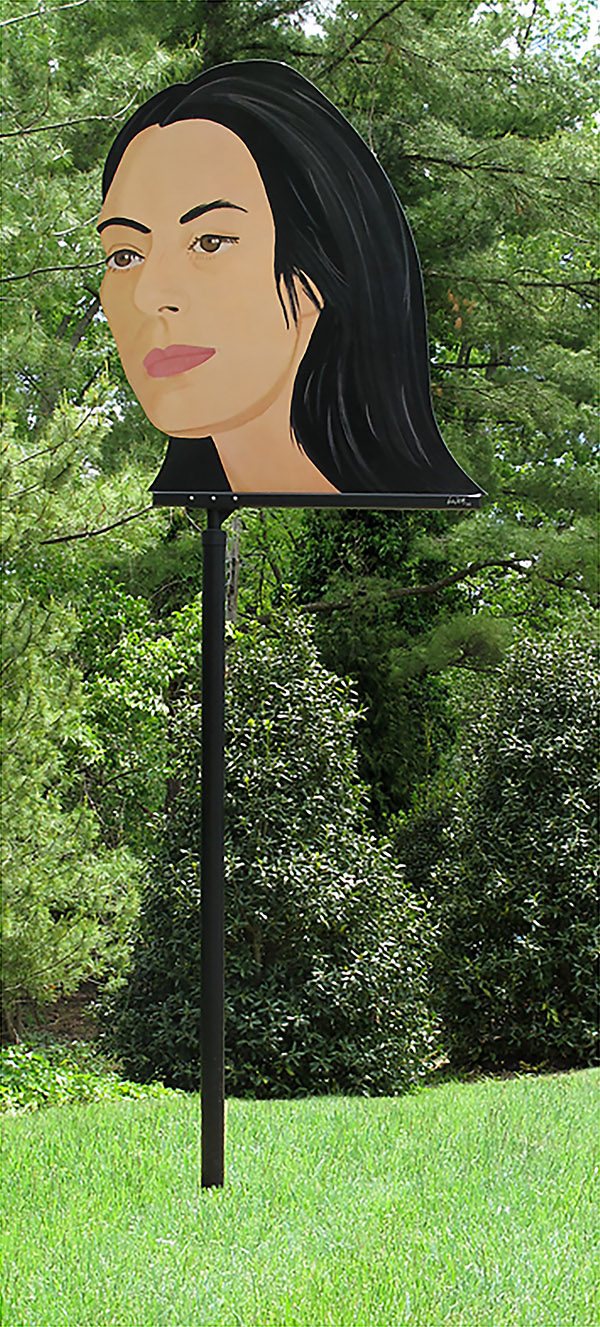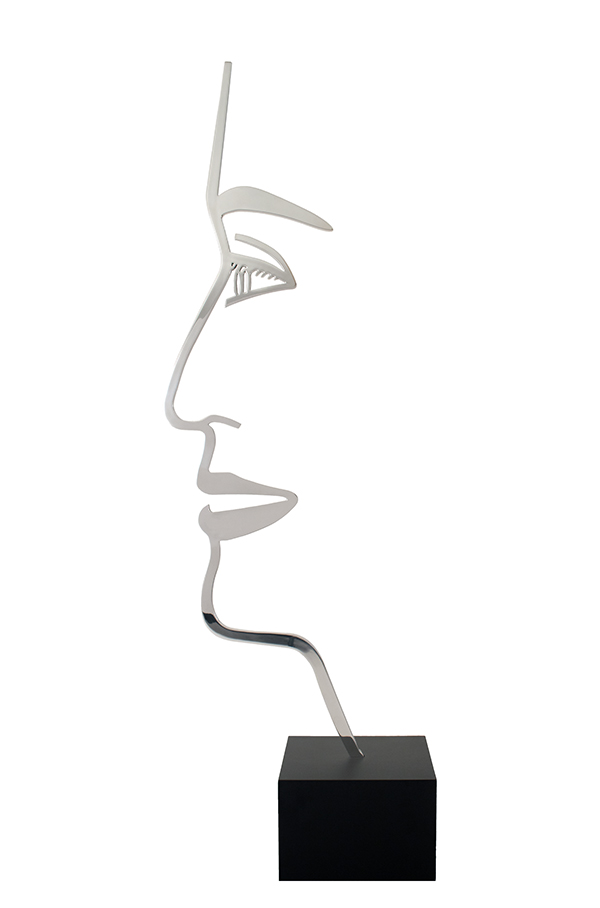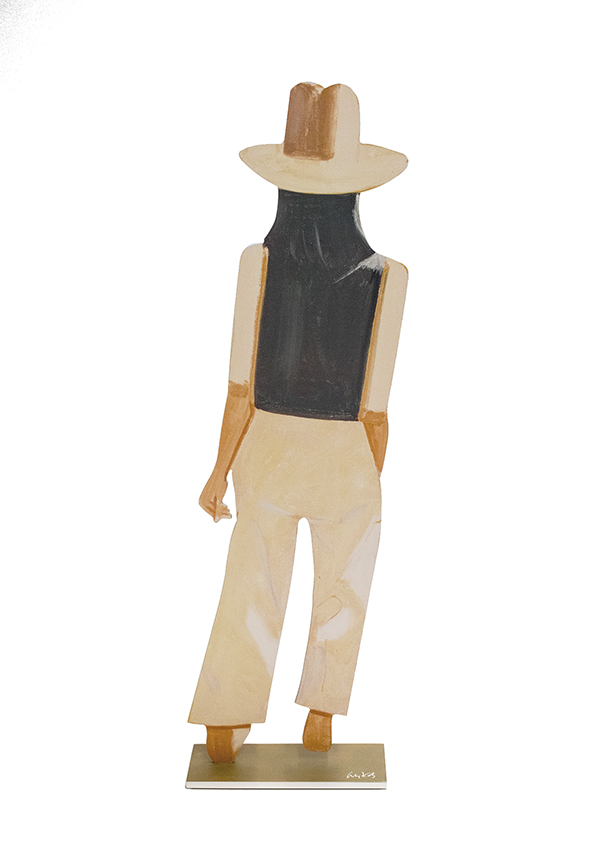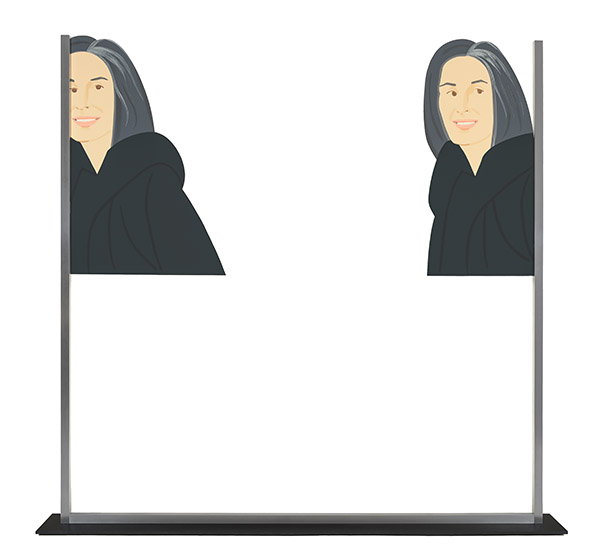ART CITIES:N.York-Alex Katz
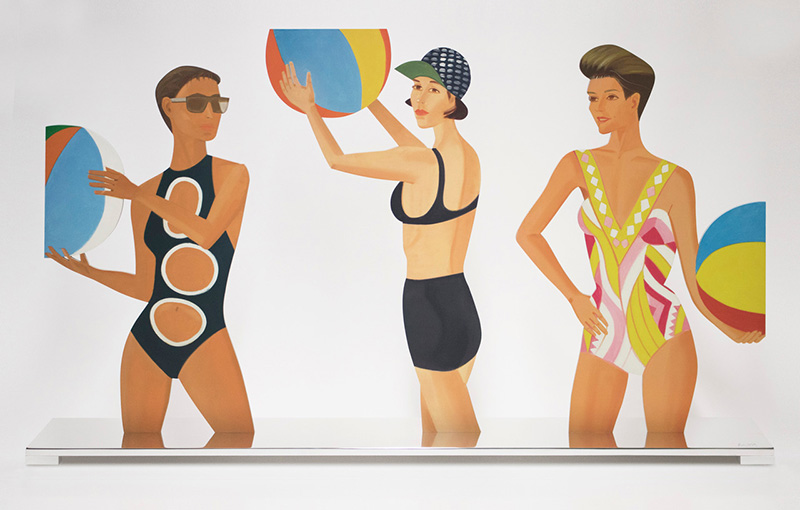 Alex Katz’s portraits feature his own social milieu: friends, fellow artists, and most notably his wife Ada, whom he has painted more than 200 times. The artist’s quest to represent the experience of spectatorship is reflected in his portraits, also in his large landscapes, which he characterizes as “environmental”. In his continued experimentation with different media, the artist creates what he calls “cut-outs”, freestanding sculptures that blur the line between painting and object.
Alex Katz’s portraits feature his own social milieu: friends, fellow artists, and most notably his wife Ada, whom he has painted more than 200 times. The artist’s quest to represent the experience of spectatorship is reflected in his portraits, also in his large landscapes, which he characterizes as “environmental”. In his continued experimentation with different media, the artist creates what he calls “cut-outs”, freestanding sculptures that blur the line between painting and object.
By Efi Michalarou
Photo: Paul Kasmin Gallery
Alex Katz’s solo exhibition “Cut Outs” at Paul Kasmin Gallery in New York demonstrates his ongoing investigation into the properties of visual perception and the brilliance of surface as represented and rendered in the human figure. Since the 1950s, this dedication to figurative realism -informed by the scale and power of Abstract Expressionism and utilizing the graphic language of advertising that anticipated Pop- has marked Alex Katz as one of the most inventive and technically achieved artists of the 20th and 21st Century. The hard exterior lines of the “Cut Outs” mirror their stern materiality. Realized in stainless or porcelain enamel coated steel, they underscore the artist’s dedication to the flat, clean aesthetic for which he is famed. The exhibition brings together four works depicting Katz’ wife Ada with one larger multi-figure work. In 1957, Katz met Ada del Moro at a gallery opening. They married in the next year, and Ada became the most frequent subject of his paintings. By this time, Katz had settled into a mature style, painting his portraits thinly and deliberately in direct opposition to the gestural approach of action painting. Painting both in New York and Maine, his subjects range from portraits to summery leisure scenes, to simplified landscape motifs, and typically exhibit flatness due to color-blocking and occasional visible contour lines. The collages, begun in 1955, further emphasized the distance between his own style and Abstract Expressionism by using an unexpectedly small format and carefully trimmed shapes. Noting a disconnect in the subject-ground relationship, Katz began using cutouts to arrange figures on pieces of wood in 1959, a concept developed into a series of flat “sculptures” or freestanding portraits in real space. Media and commercial culture played an important role in Katz’s work of the 1960s, which drew from film, television, and billboard advertising. His dramatic flair was put to good use in costume and set designs for the choreographer Paul Taylor beginning in the early 1960s, which culminated in a lifelong interest in music and dance. Katz also started making group portraits, which continued to dominate his body of work throughout the 1970s. Using the people around him as models, these paintings resulted in a fascinating social history of his aging circle of artists, poets, writers, and critics.
Info: Paul Kasmin Gallery, 515 West 27th Street, New York, Duration: 8/3-14/4/18, Days & Hours: Tue-Sat 10:00-18:00, http://paulkasmingallery.com
